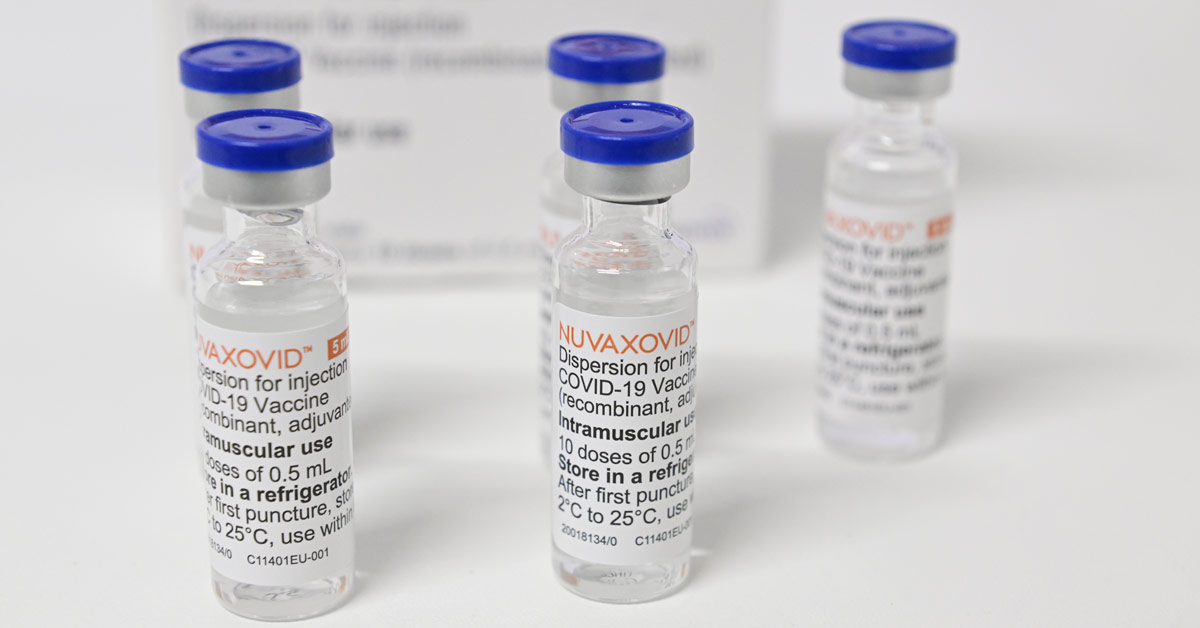It is now well known that SARS-CoV-2 can mutate to evade vaccine protection against infection. The Omicron variants – BA.1, B1.1, and BA.2 – can infect those who were previously infected by other variants, even when vaccinated. And though a third booster shot offers some protection from an Omicron infection, it wanes after three or four months, leaving most people susceptible to reinfection.
That said, the immunity conveyed by prior infection or vaccination still dramatically reduces the incidence of hospitalization and death. We also have come to realize that our main saviours against COVID-19 turn out not to be antibodies, but rather another part of the immune system: our T cells.
Studies show that the strength of our long-lived T-cell response to SARS-CoV-2 proteins – especially by T cells that recognize the virus spike protein – strongly correlates with the degree of protection.
There are two types of T cells, CD4+ and CD8+, which are distinguished by proteins on their surface. Because CD4+ T cells mostly assist in the production of antibodies, the CD8+ T cells are the real heroes of the story. Once they identify an invader they remember from a previous encounter, they act quickly to move in for the kill, demolishing infected cells and cutting short the life cycle of the virus.
Until Omicron, the differences in neutralization by vaccine-induced antibodies and by monoclonal antibodies were relatively minor. But the process by which T cells recognize viral proteins is very different from that of antibodies, which recognize structures on the intact viral protein.
We know that these critical structures, particularly those of the exterior spike protein, differ from variant to variant. It is precisely such structural diversity that allows the virus to evade most antibodies made in response to natural infection and vaccination.
By contrast, our T cells do not recognize intact proteins. Rather, T-cell recognition occurs when a viral protein within a cell is chopped into short segments and cradled in the grip of a cellular protein called MHC type 1. MHC type 1 presents the viral fragment to the T cell at the cell surface, where the T cell can recognize the combination of the viral fragment presented by the MHC type 1 protein.
All told, T cells recognize and react to a very broad array of viral protein fragments. For SARS-CoV-2, these fragments overlap very little with the regions of the virus that are sensitive to neutralization by antibodies. That is why T-cell responses to viral infection are generally preserved across variants. Until Omicron, vaccines that use one viral protein raised almost the same T-cell response to all variants.
But now the situation has changed. Not everyone is alike when it comes to binding viral protein fragments. Our MHC type 1 proteins are diverse, and each recognizes a unique set of viral protein fragments. Our reaction to viral proteins thus depends on their sequence and that of our own particular MHC type 1 set of proteins.
Consider a recent study by Gaurav D Gaiha and his colleagues, who examined T-cell responses to the Wuhan, Delta, and Omicron strains in people who have been either infected, vaccinated, and boosted, or infected and vaccinated (but not boosted). They found that most people who are infected after vaccination have strong and durable CD4+- and CD8+-positive responses to all three variants.
But there was one worrying discovery. Approximately 20 percent of those vaccinated showed a decline of greater than 50 percent in T-cell response to Omicron, compared to the Wuhan and Delta variants; and in some the decline was even more profound. These poor T-cell responses were not correlated with sex or age, and follow-up experiments revealed that the difference was due to lower CD8+ reactivity, rather than to the CD4+ T-cell response.
The authors therefore refined the analysis by examining T cells’ ability to recognize specific fragments of viral proteins. To that end, they used a set of short protein fragments to recreate the entire spike protein, and they used a similar set of protein fragments corresponding to the virus’s other structural proteins. They found that whereas T cells recognized all the viral fragments of the spike protein used for vaccination, they failed to recognize some of the protein fragments.
The authors thus speculate that CD8+ T cells’ inability to respond to Omicron may be due to a lack of recognition of the mutated peptides. Indeed, their theoretical calculations are consistent with the hypothesis that changes in the amino acid sequence of the Omicron spike protein underlie the observed blind spots in T-cell recognition.
Inherited differences in the ability to recognize specific protein fragments likely account for some people’s failure to mount anti-Omicron defenses. The authors have conjectured that “it is possible that these individuals will have reduced protection against severe disease.”
One sobering conclusion, then, is that Omicron has drifted so far from the original strain that the 20 percent cohort in the study may not be fully protected either from infection or from hospitalization and death. However, after finding that a third vaccine dose increases T-cell responses by twentyfold or more, even for those who respond poorly, Gaiha has a more optimistic take.
“While the Omicron spike protein was able to escape T cells in a subset of individuals,” he told me, “…what we learned is that this deficiency in T-cell recognition can be overcome by booster vaccination. In addition, we found that non-spike proteins could be attractive targets for second-generation vaccines to protect against future SARS-CoV-2 evolution.”
Gaiha espouses the optimistic interpretation. But Omicron is a warning that future SARS-CoV-2 variants may escape protection from both, antibodies and T-cell immunity. We cannot predict that a variant that evades vaccines’ ability to protect against infection and serious illness will arise, but we must be prepared for such a threat, lest we remain unguarded against it.

